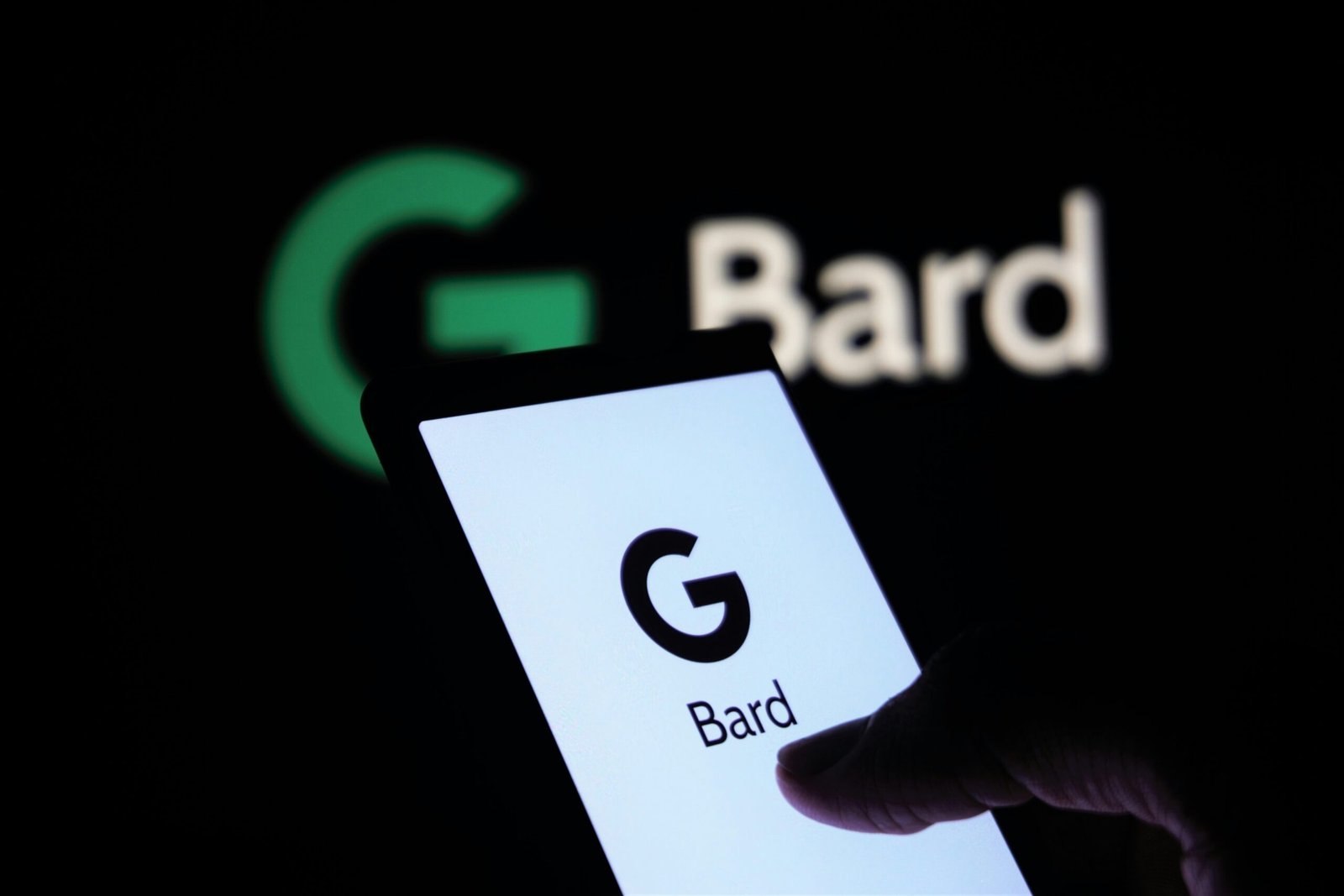In recent years, TikTok has taken the social media world by storm. With its short-form videos and creative features, it has become a platform for visual storytelling like no other. But what makes TikTok so engaging and addictive? The answer lies in its user experience (UX) design.
UX design plays a crucial role in shaping the overall experience of using TikTok. From the moment users open the app, they are greeted with a visually appealing interface that is easy to navigate. The design elements, such as colors, typography, and icons, are carefully chosen to create a fun and dynamic atmosphere.
One of the key features of TikTok is its algorithm, which curates a personalized feed of videos based on user preferences. This algorithm takes into account factors such as the user’s interactions, interests, and trends. By analyzing this data, TikTok ensures that users are presented with content that is relevant and engaging to them. This personalized approach enhances the user experience and keeps users coming back for more.
Another aspect of TikTok’s UX design is its seamless video playback. Videos on TikTok load quickly and play automatically, creating a smooth and uninterrupted viewing experience. This is crucial for visual storytelling, as it allows users to fully immerse themselves in the content without any distractions. Additionally, TikTok’s video editing tools, such as filters, effects, and music, add an extra layer of creativity to the storytelling process.
TikTok also encourages user interaction through features like comments, likes, and shares. These social engagement elements not only foster a sense of community but also provide feedback and validation to content creators. Users can easily express their thoughts and emotions through comments, creating a dialogue and further enhancing the storytelling experience.
Furthermore, TikTok’s UX design incorporates gamification elements to keep users engaged. The platform rewards users with badges, challenges, and virtual currencies for their participation and achievements. This gamified approach motivates users to create and share content, contributing to the overall storytelling ecosystem on TikTok.
Accessibility is another crucial aspect of TikTok’s UX design. The platform is designed to be inclusive and user-friendly for people of all ages and backgrounds. The intuitive interface and simple navigation make it easy for anyone to create and consume content. This inclusivity allows for a diverse range of stories to be shared and appreciated on TikTok.
In conclusion, the success of TikTok as a platform for visual storytelling can be attributed to its well-crafted UX design. From the visually appealing interface to the personalized content feed, TikTok ensures that users have an enjoyable and immersive experience. The seamless video playback, social engagement features, gamification elements, and accessibility further enhance the storytelling process. As TikTok continues to evolve and innovate, its UX design will play a pivotal role in shaping the future of visual storytelling on the platform.
So, whether you’re a content creator or a viewer, TikTok’s UX design offers a unique and engaging experience that allows you to be a part of the ever-evolving world of visual storytelling.











Leave a Reply